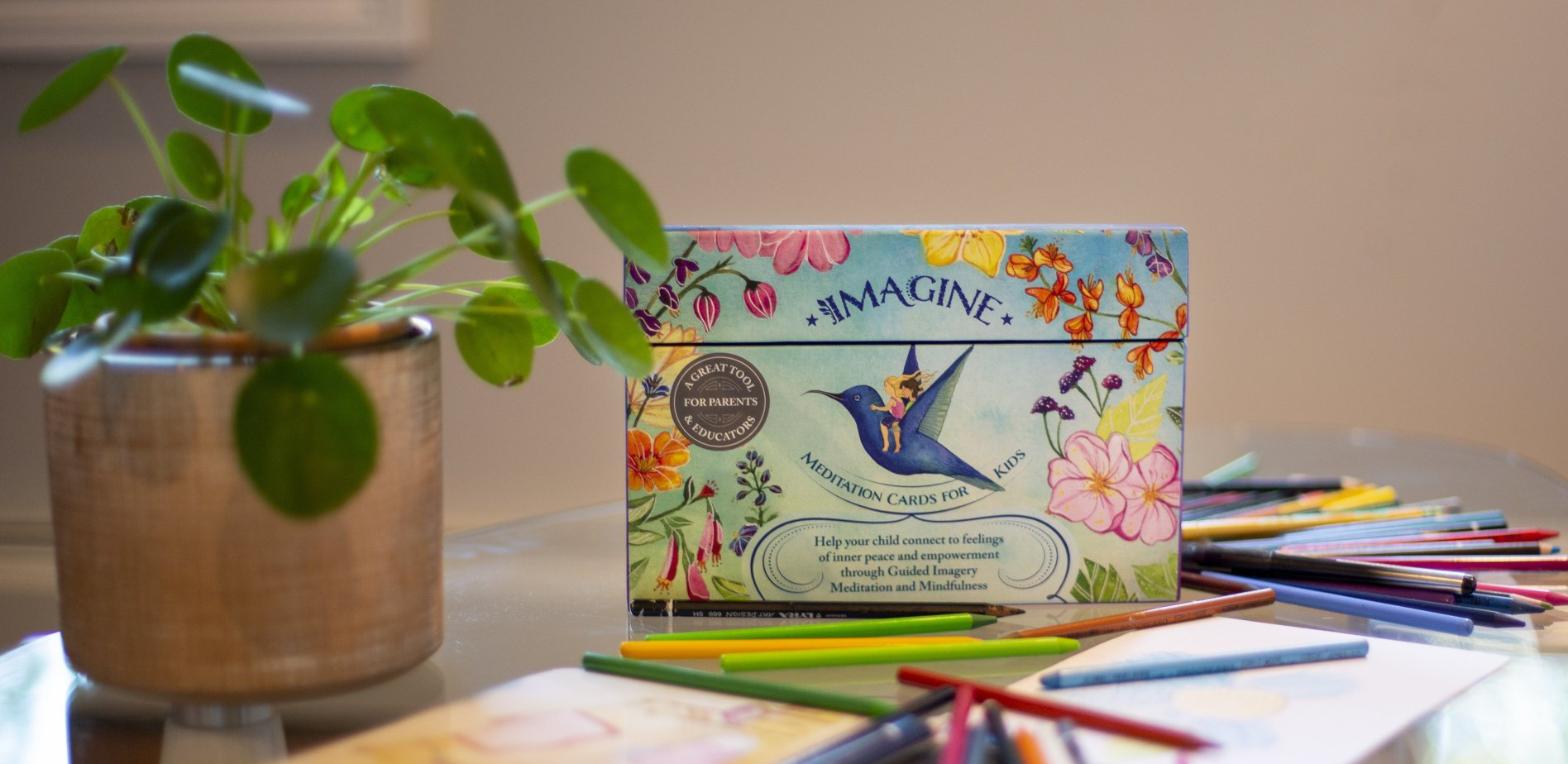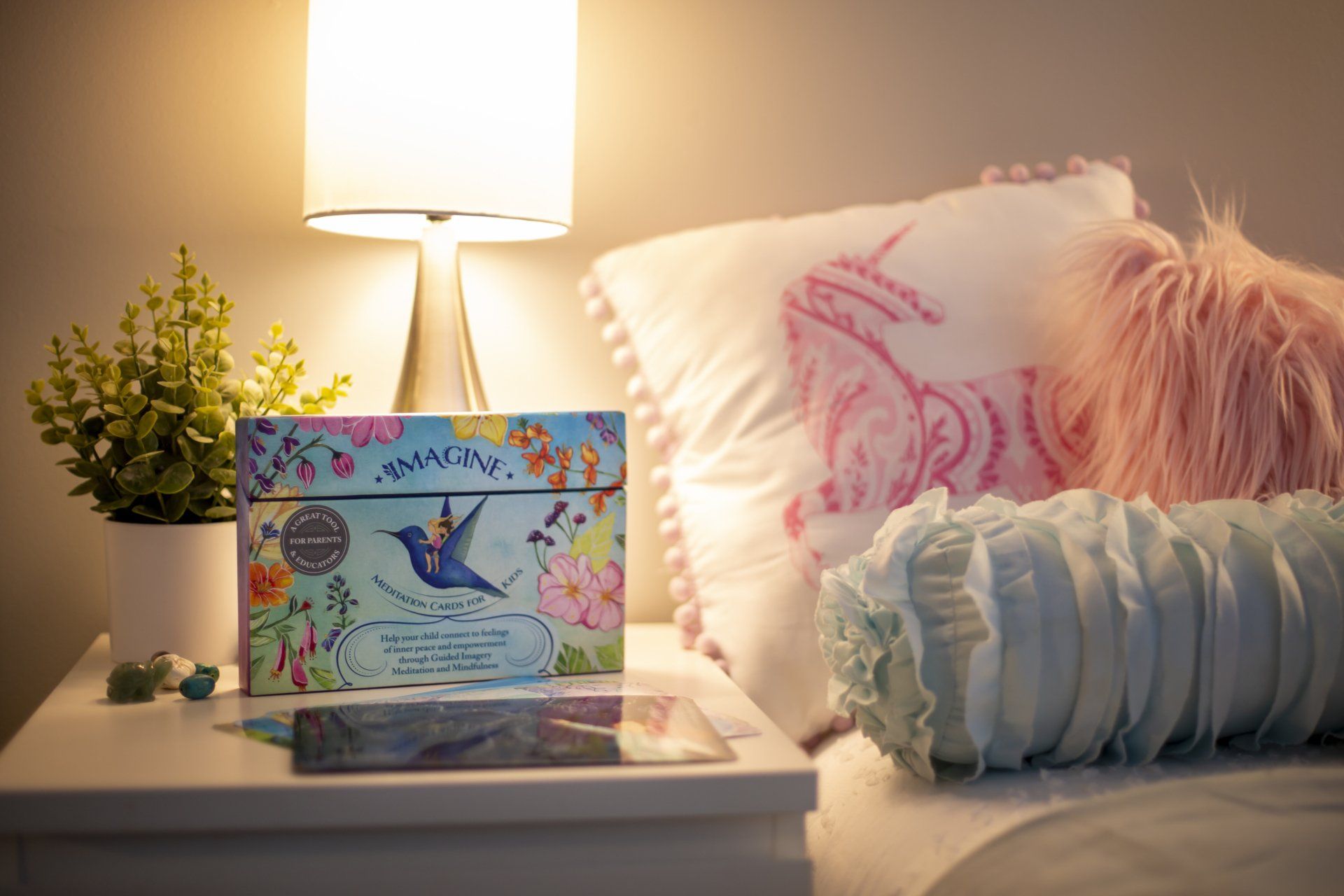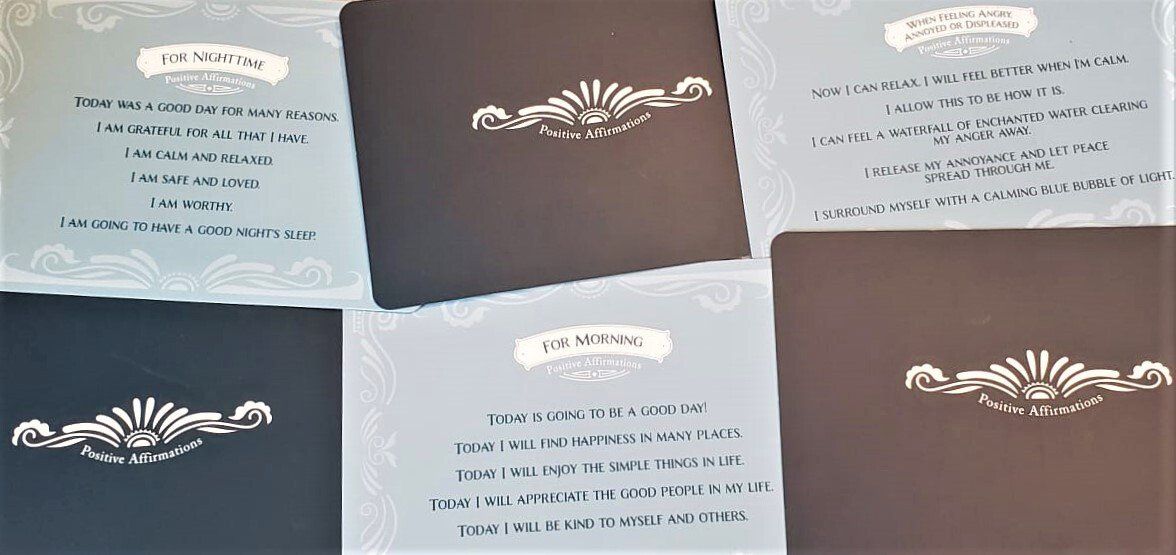Gratitude: A Great Shortcut to Happiness
“You thank the stream and its never-ending flow…”
“You thank the beautiful sunset for making you feel so good...”
“You thank the stars for this wonderful experience...”
Kids are usually taught to say thank you as a polite and appropriate gesture in society. “Tell them thank you!” we remind them, hoping to impart good manners.
We want kids to learn to show gratitude to others when something kind is done for them so that maybe in the future people will be willing to help again.
So, it makes sense to say thank you to people.
But what does it mean to say thank you to the never-ending flow of a stream? Or to a beautiful sunset? Or to the stars? What’s the point?
It’s all about taking the idea of
gratitude to the next level.
In many of our Imagine Meditation scripts, just before ending, we express our thanks to whatever helped us feel good in the imaginary scene.
This is obviously not about making the sunset feel good about itself… Instead, it’s meant to help kids enjoy the experience of saying thank you.
Gratitude is an amazing way for us to improve our happiness levels and enhance our positive feelings.
Research has shown that there are a number of benefits to adding a short gratitude practice routine to our day: “Simply journaling for five minutes a day about what we are grateful for can enhance our long-term happiness by over 10% (Emmons & McCullough, 2003; Seligman, Steen, Park, & Peterson, 2005)!”
And the general concept of increasing happiness isn’t just for grown-ups. The same applies to children, and getting them started at a young age is widely encouraged. “A 2019 study published in the Journal of Happiness Studies
found that gratitude is linked to happiness in children by age 5. This means that instilling gratitude in your kids at a young age could help them grow up to be happier people.”
No matter what age we are, when we express gratitude, we engage our minds in a positive appreciation of what is.
In these sweet and precious moments, we cannot experience anger, fear, resentment or any other negative emotion.
Yes, our attention is predisposed to jumping between positive and negative thoughts, and many times our minds prefer to look on the critical side first, noticing negatives more easily. But that is why we need to make a conscious effort when it comes to feeling good, which means
actively choosing our thoughts more often and finding simple and easy ways of doing so.
With all the scientifically proven benefits, why not focus on that good feeling we get from thankfulness?
Going back to the idea of experiencing appreciative and thankful feelings as part of our meditation, it offers us a pleasing gratitude routine that checks all the boxes on our list:
√ Active approach to feeling good
√ Choosing our thoughts
√ Simple
√ Easy
So next time you encounter a guided meditation script for kids and you take the time to thank that imaginary world, you will know that
you’re planting the seeds of gratitude and happiness and ensuring all the positive benefits they will grow.
Let your kids know that when they say thank you, it's not only to help someone else feel good. The good feeling that comes from gratitude always goes both ways!
Thank you so much for reading these words. : ) And have a very happy Thanksgiving!
The Imagine Blog



